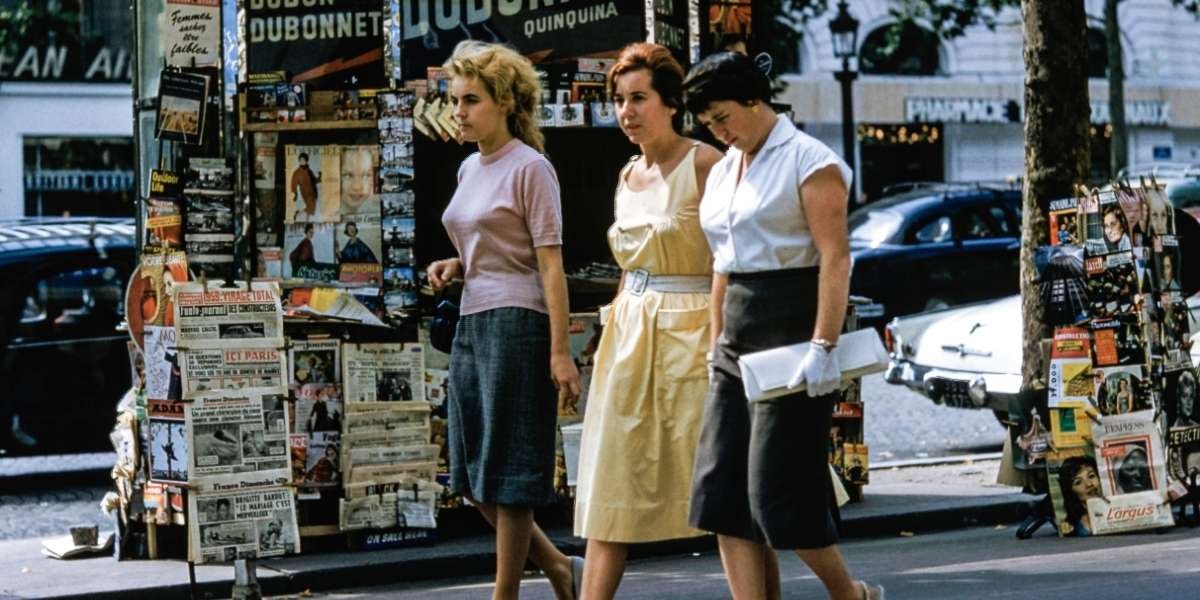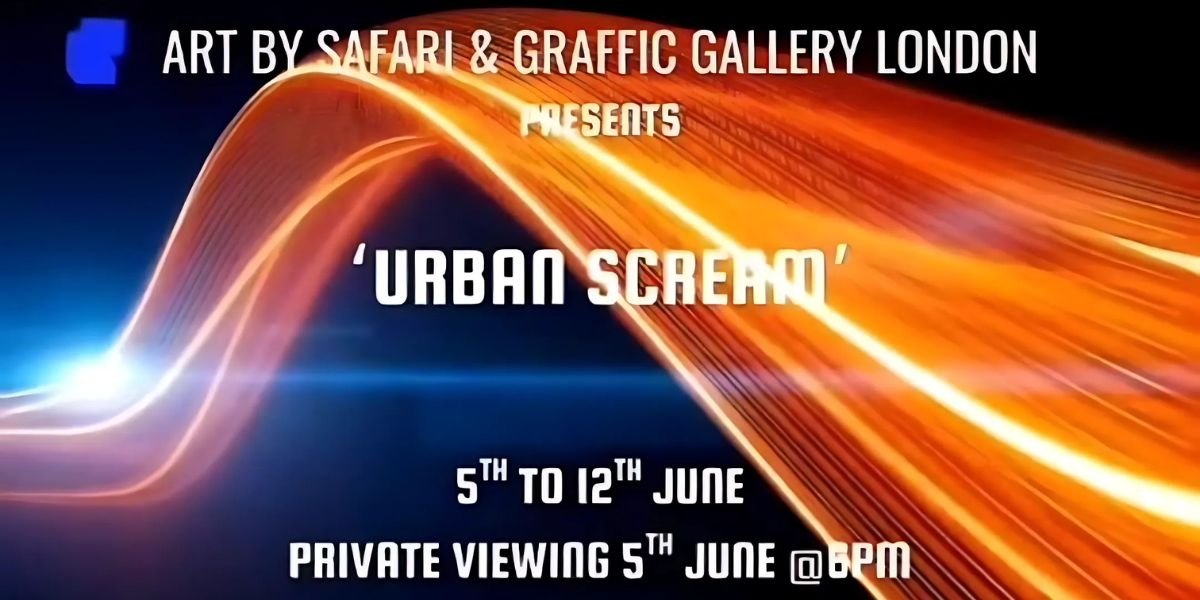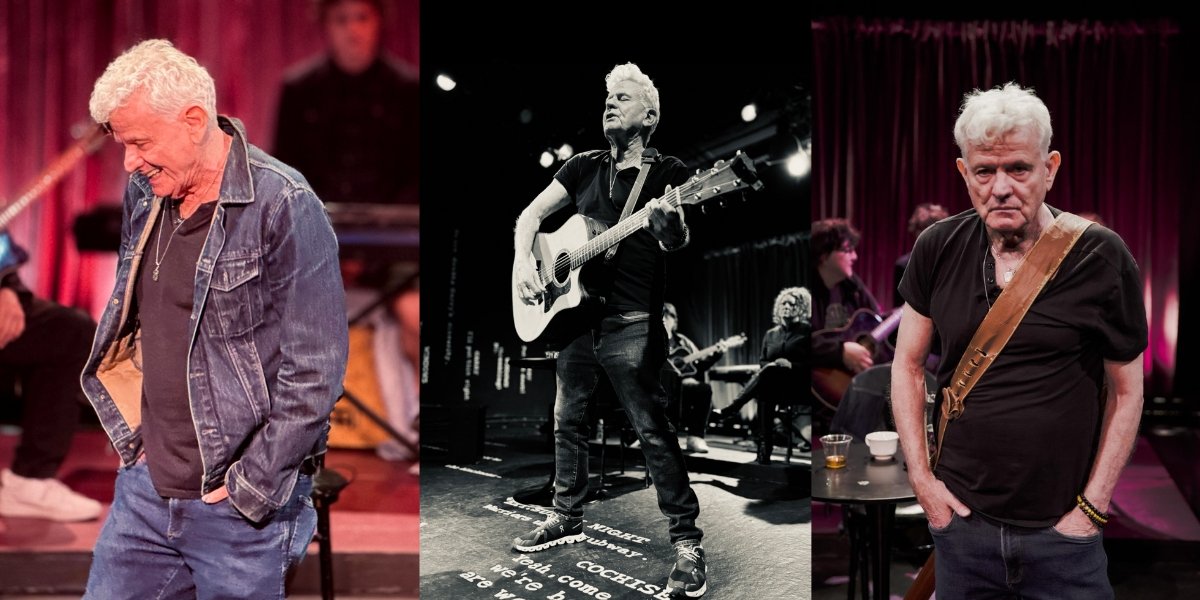In an era defined by rapid technological advancement and an unrelenting push towards the new, a fascinating counter-current has emerged: the “Vintage Boom.” This widespread cultural phenomenon marks a compelling resurgence of all things retro, captivating individuals across generations and permeating various facets of modern life, from fashion and home décor to music, technology, and even leisure activities. Far from being a mere passing fad, this renewed fascination with the past reflects deeper societal shifts, including a yearning for nostalgia, a growing emphasis on sustainability, and a recognition of the unique charm and quality that older items often embody. The allure of retro is not simply about recreating bygone eras; it is about reinterpreting them, blending the aesthetics and values of the past with contemporary sensibilities to create something uniquely relevant to today.
Read Also: The Rise of Vintage Muscle Cars: From Nostalgic Classics to Sought-After Assets
A Deep Dive into Nostalgia: The Comfort of the Past
One of the most potent psychological drivers behind the Vintage Boom is undoubtedly nostalgia. In a world that often feels fast-paced, unpredictable, and digitally saturated, many individuals find comfort and solace in the familiar aesthetics, sounds, and sensibilities of previous decades. This yearning for a simpler, perhaps idealized, past can manifest in a desire to reconnect with childhood memories, or to experience a romanticized version of eras they never personally lived through. For millennials and Gen Z, the appeal of 80s, 90s, or early 2000s trends often stems from a longing for a pre-internet simplicity, a time perceived as less complex or overwhelming.

Photo Credit: Unsplash.com
This nostalgic pull extends across various domains. In fashion, the return of Y2K aesthetics, 90s grunge, or 80s power shoulders allows individuals to playfully revisit or discover styles from their formative years or their parents’ youth. In music, the enduring popularity of vinyl records and the resurgence of artists whose sounds evoke past genres provide a tangible connection to musical history, often viewed as more “authentic” or “organic” than modern digital formats. Even in home décor, mid-century modern furniture or bohemian 70s styles offer a sense of warmth and character that contrasts with sleek contemporary minimalism. The comfort of the past, whether directly experienced or vicariously imagined, provides an emotional anchor in a constantly shifting present, making nostalgia a powerful force in the retro resurgence.
Sustainability and Conscious Consumption: A Greener Appeal
Beyond sentimentality, the Vintage Boom is also significantly propelled by a growing global consciousness around sustainability and conscious consumption. As environmental concerns mount and the negative impacts of fast fashion and disposable goods become more apparent, consumers are increasingly seeking out more ethical and environmentally friendly alternatives. Vintage and second-hand items inherently align with these values by promoting reuse and reducing waste. Opting for a pre-owned garment or piece of furniture minimizes its carbon footprint, conserves resources, and diverts items from landfills, offering a tangible way for individuals to participate in the circular economy.
The appeal of vintage clothing, for example, is not just about its unique style but also its contribution to slowing down the cycle of overproduction and consumption in the fashion industry. Similarly, antique or retro furniture provides a sustainable alternative to newly manufactured pieces, often boasting superior craftsmanship and durability that ensures a longer lifespan. This eco-conscious motivation extends beyond individual purchasing decisions to influence broader trends. Thrift stores, vintage markets, and online resale platforms have seen an explosion in popularity, becoming mainstream shopping destinations rather than niche outlets. This shift reflects a collective desire to make more responsible choices, demonstrating that the Vintage Boom is not merely a stylistic preference but also a tangible expression of a more environmentally aware consumer culture, where sustainability is a core value driving purchasing decisions.
The Quest for Individuality and Unique Charm
In a world often characterized by mass production and pervasive trends, the Vintage Boom represents a profound quest for individuality and unique charm. Modern markets, while offering immense choice, can sometimes lead to a sense of homogenization, with similar products and styles saturating every corner. Vintage items, by their very nature, offer a refreshing antidote to this uniformity. Each piece, whether a vintage dress, a retro turntable, or a mid-century lamp, carries its own history, character, and often, a distinct narrative. This inherent uniqueness allows individuals to express their personal style and stand out from the crowd, creating a look or aesthetic that cannot be easily replicated.
The appeal lies in the rarity and distinctiveness that mass-produced items often lack. A vintage leather jacket, for instance, not only boasts a unique patina developed over time but also suggests a certain rebellious authenticity. Retro electronics, like old cameras or gaming consoles, offer a tactile experience and a specific aesthetic that modern devices, despite their technological superiority, cannot replicate. Furthermore, the craftsmanship of many older items often surpasses that of their contemporary counterparts, particularly in terms of durability and attention to detail. This appreciation for enduring quality means that vintage pieces are not just about aesthetics; they are an investment in items built to last. The thrill of the “treasure hunt”—discovering a unique, one-of-a-kind item in a thrift store or vintage market—also adds to the allure, making the acquisition process itself a part of the unique appeal of the Vintage Boom. This pursuit of the distinctive and the appreciation for enduring quality underscore the movement’s deeper cultural significance.
Reinterpretation and Modern Integration: A New Legacy
The Vintage Boom is not simply about blindly recreating the past; it is fundamentally about reinterpretation and modern integration, forging a new legacy for retro aesthetics. Rather than complete replication, contemporary designers, artists, and consumers are selectively borrowing elements from bygone eras and cleverly blending them with modern sensibilities, technologies, and functionalities. This creates a fresh, hybrid aesthetic that feels both familiar and cutting-edge.

Photo Credit: Unsplash.com
In fashion, this might involve pairing a vintage silhouette with contemporary fabrics, or accessorizing a modern outfit with carefully curated retro pieces. The result is often a unique personal style that stands out. In music production, producers might sample old vinyl records, use vintage synthesizers, or incorporate analog recording techniques to achieve a specific “warm” sound, even while utilizing modern digital mixing tools. This fusion creates a richer, more nuanced auditory experience that appeals to diverse palates. Similarly, in interior design, mid-century modern furniture might be integrated into a minimalist space, creating warmth and texture without sacrificing sleekness. Old industrial elements might be repurposed as lighting fixtures in contemporary lofts.
Read Also: Top Your Look Off with Nostalgia: The Baker Boy Hat Comeback
This reinterpretation also extends to the practical application of vintage items. For example, old film cameras might be used for their unique photographic qualities, not just as collectibles, even in a digital world. Vintage gaming consoles are enjoyed for their original pixelated charm, existing alongside high-definition modern games. This intelligent integration allows the best elements of the past to thrive in the present, demonstrating that the Vintage Boom is a dynamic and creative process. It is about honoring history while simultaneously pushing boundaries, ensuring that retro aesthetics continue to inspire innovation and remain relevant in a perpetually evolving cultural landscape, solidifying their place as an enduring and influential force in modern life.















